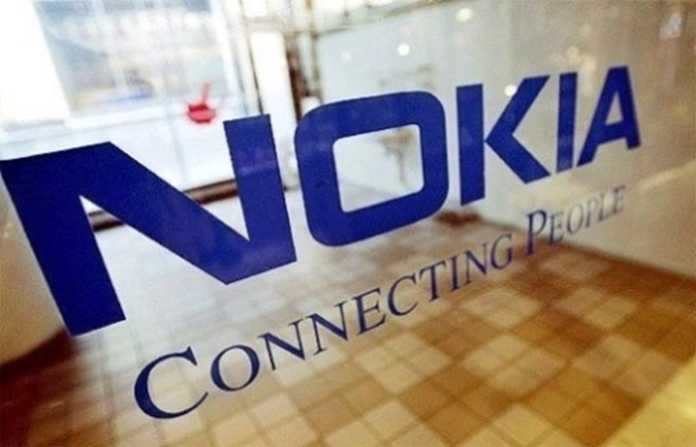Nokia will not re-introduce traditional phones. Before 2007, Nokia was a leader in the mobile phone market, but Apple launched the iPhone in 2007, which changed the overall market choice. The following year, Nokia’s profit declined significantly. By 2012, Nokia had operating losses appear. Subsequently, with the $ 2.2 billion acquisition of Nokia, Siemens joint venture held a stake in NSN, and it decided to shift the focus of the network equipment business. By 2013, Nokia’s mobile phone business will be sold to Microsoft. Over the past 10 years, Nokia’s American depositary shares fell by more than half. Also Read: This Magic App Controls Your Connected Objects From SmartPhone In April 2015, Nokia announced the acquisition of Alcatel-Lucent. The deal is expected to be completed in early 2016. After the agreement, Nokia’s mobile service will integrate Alcatel-Lucent’s fixed-line business to gain competitive advantages with Ericsson. After the purchase of Nokia’s share of the global network equipment market is expected to reach 35%, higher than 20% of Huawei, but less than 40% of Ericsson.
Nokia to Re-Established, Rising in Market Shares?
It should be noted, for investors, that Alcatel-Lucent is not a successful French company. After the Alcatel and Lucent merger nine years ago, the company’s American depositary shares had fallen by two-thirds. Also Read: Top 10 Best Upcoming Smartphones In 2016 So, Nokia and Alcatel-Lucent merger will get what kind of results? First, the current share price of both companies has rebounded from the lowest point. 2015, Nokia’s profit is expected to be 1.19 billion US dollars, an increase of 1% on revenue of 14 billion US dollars, an increase of 1% year on year. Although income is far lower than in 2007 at € 51 billion, with profits of 7.2 billion euros, it also shows that Nokia’s performance is stabilizing. Over the past 6 months, due to effective cost-control measures, Nokia’s earnings per share should be better than expected. Since the spring of 2013, Nokia’s American depositary shares have doubled. Alcatel-Lucent is also committed to improving operational efficiency. The company’s operating margin has been harmful to positive in 2015 and is expected to reach 6.7% and further growth. Alcatel-Lucent’s American depositary shares rose in the three years doubled. Also Read: How To Play Your Favorite PC Games On Your Smartphone CEO Rajeev Suri, who is currently the CEO at Nokia. Secondly, after the merger, the new company will be able to save costs. Despite being improved, Alcatel-Lucent’s profit margin is only half of Nokia’s. Nokia said that after the merger, 2019 would be able to save 900 million euros in costs. Nokia’s Cost Control field has a good resume. In 2011, when the joint venture Nokia Siemens Networks promised cost savings of 1 billion euros in 2 years, the final cost reduction reached 1.5 billion euros. Third, due to the reduction in marketing expenses and new investments, Nokia will be able to get more cash. Barclays analyst Andrew Gardiner predicts that by 2019, Nokia’s free cash flow from operating activities will be more than 8% of enterprise value. Margin improvement will bring good, and debt reduction and accumulated tax losses of Alcatel-Lucent also will help. Gardena will now be classed as the preferred shares of Nokia. Also Read: How to Setup Parental Control On Child’s Smartphone Gardena is expected to increase Nokia’s ordinary shares in the year to reach 8.75 euros, up 32%. BMO Capital Markets analyst Tim Lang said it would bthatmerican the depositary rating raised to us “market fair” on “outperform.” That management is likely to surpass Nokia to cut costs. Tim Long expected Nokia shares to rise to $ 10, up 39%. , The analysts’ average target price of Nokia’s American depositary receipts is $ 8.63, equivalent to a 20% increase. While considering Nokia’s wealth will come from cost-cutting and improving cash flow rather than re-achieve rapid growth, a possibility of achieving this great goal.


